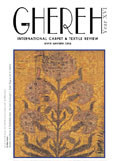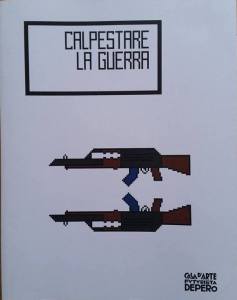
Catologue of the Exhibition Calpestare la guerra
http://www.mart.trento.it/calpestarelaguerra
Thus did Themistocles, an exile from Greece seeking asylum in Persia, answered the King who was asking him about the Greeks. Thanks to this conceit, the Greek intellectual succeeded in gaining the favour of the Persian elite and remain for a long period in the court as a royal counsellor. Speaking of a man needs a quantity of time, as much as needed to speak of a carpet in its various forms, colours, symbols and origins; thus, like Themistocles I hope, through this brief historical and stylistic overview, I intend to convey what the rug means for those tribal groups, in terms of their ancestors and social cohesion through the use of articles such as knotted rugs and kilims, textiles and embroideries.
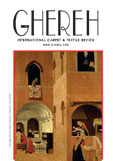
Moroccan rugs, which are particularly interesting for their archaic nature and for the importance of their symbolism, today represent a stimulating source for research for Orientalists, scholars studying the textile arts, anthropologists and ethnologists.Our study, which essentially concentrates upon research in loco and from bibliographical references, has sought to trace the roots of the Moroccan traditions in the mountainous, pre-desert and desert areas of the Moroccan territory.Morocco is a land of varied territorial composition and finds its maximum union in the production of articles, with Berber ethnic groups forming the majority of the country’s population.
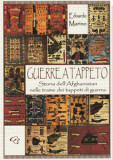
La storia afgana è da sempre legata ai tappeti e alle loro trame: sui tappeti le donne e gli uomini afgani hanno dormito, con i tappeti si sono coperti dal freddo, attraverso i tappeti hanno raccontato le proprie origini, sopra di essi hanno mangiato e pregato, spesso arricchendoli con simbologie care ad Allah. Durante l’occupazione sovietica del 1979, i mujaheddin iniziarono però a far realizzare un nuovo tipo di tappeti, facendovi tessere simboli guerreschi. Le preziose armonie geometriche che avevano contraddistinto la scuola afgana vennero sostituite da kalashnikov e bombe a mano, carri armati ed elicotteri. Nacquero così i Tappeti di Guerra. Con l’arrivo dei talebani, la produzione di questi manufatti trovò ulteriore vigore, e apparvero le torri gemelle in fiamme o la mappa dell’Afghanistan con la sua triste Rout of terror. Ancora oggi donne e bambini continuano a essere indottrinati attraverso la realizzazione di questi oggetti, al centro di un macabro collezionismo da parte di molti occidentali. Questo libro contiene la storia di tutto ciò, abilmente raccontata attraverso il continuo intreccio tra l’Afghanistan e i suoi tappeti…
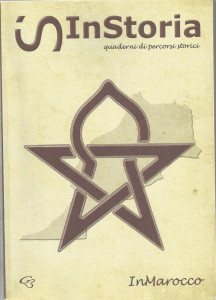
Accenni sulle produzioni di tappeti berberi del Marocco.
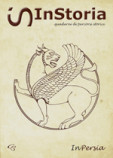
Tappeti persiani, da Tehran a Yazd.


